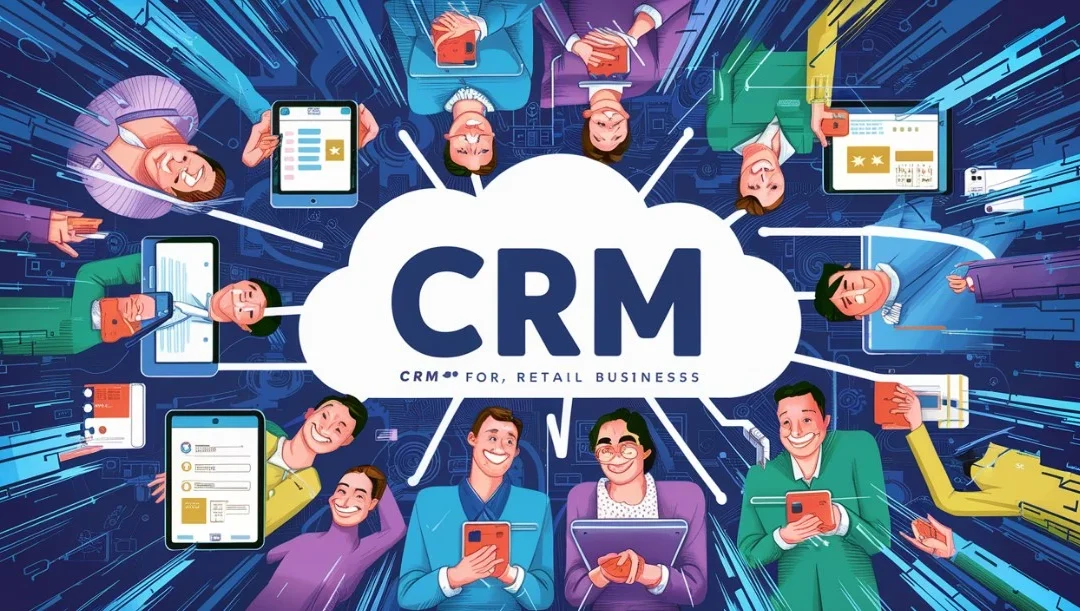Introduction Microservices framework:
In the powerful scene of programming development, the approach of microservices has changed how applications are planned, created, and conveyed. Scalability and resilience are just two of the many benefits of the architectural style known as microservices, which organize an application as a collection of small, distinct services. One of the key components driving the progress of microservices is the accessibility of vigorous structures that smooth out the improvement cycle. With a focus on the advantages provided by a Microservices Development Company, we will investigate how microservices frameworks can speed up your coding journey.
Key Players: Exploring the Building Blocks of Microservices
In a Microservices framework architecture, different kinds of services add to the general framework’s usefulness. These include:
Core Business Services: Carry out core business functionalities like order handling or user management.
Data Services: Control and grant access to data to guarantee consistency.
Gateway API: Goes about as a section point for outside clients, overseeing correspondence with microservices.
Service Discovery: Empowers services to find and speak with one another progressively.
Management of Configurations: Halfway oversees the design settings for microservices.
Event Bus/Message Broker: Uses events to make asynchronous communication between services easier.
Authorization services: Manage authorization and authentication for users.
Checking and Logging Services: Gives checking, logging, and measurement assortment for microservices.
Task Planning Services: Answerable for planning and executing foundation assignments or occupations.
Edge Services: Manages interactions at the system edge, which frequently involve web applications or external clients.
Reserving Services: Improve performance by storing data that is frequently accessed.
Security Services: Manages aspects of system security, such as access control and encryption.
These services, on the whole, empower microservices engineering to be versatile, adaptable, and strong. Each aid is intended to be free and deployable, adding to the general proficiency of the framework.
What is microservice development?
Microservices are modular, autonomously deployable Services that speak with one another through clear-cut APIs. This compositional methodology separates solid applications into more modest, reasonable parts, permitting designers to freely chip away at explicit highlights or functionalities.
Why Choose Microservices Development for Your Company’s Future Success?
Microservices development aims to create flexible and scalable software by breaking down large applications into small, independent services. The goal is to improve scalability, speed up development, and enhance system resilience. Microservices allow different teams to work on specific services simultaneously, making it easier to add new features quickly. They also isolate issues within individual services, preventing widespread failures and simplifying maintenance. With the freedom to use diverse technologies, Microservices framework support innovation and efficient testing. The focus is on creating a modular, adaptable, and agile architecture for modern software development.
A Step-by-Step Guide to Building Scalable Node.js Microservices
We will explore the core concepts of Node.js microservices, from service design and communication gateway API patterns to deployment and scaling strategies.
Benefits of Microservices Development:
- Scalability: Microservices empower flat scaling, permitting applications to deal with expanded stacks productively by adding more examples of specific services.
- Adaptability and Agility: Teams can work on multiple services simultaneously through independent development and deployment of microservices, promoting agility and reducing time to market.
- Isolation of a Fault: Even if one microservice fails, the application as a whole may not be affected. This fault isolation further develops framework flexibility.
- Technology Variety: Microservices consider the utilization of assorted advances inside various services. This implies that groups can pick the most appropriate innovation stack for every particular microservice in light of its necessities. This adaptability advances the development and the utilization of state-of-the-art innovations without compromising general engineering.
- Simple Support and Updates: Microservices are independently deployable, which makes support and updates more direct. Groups can refresh and scale individual microservices without influencing the whole application. This simplicity of support brings about more limited margin times, decreased gambles, and speedier recuperation from issues.
- Upgraded Adaptation to Internal Failure: With microservices, adaptation to internal failure can be improved by consolidating overt repetitiveness at the help level. On the off chance that one example of a microservice falls flat, different occasions can keep on taking care of solicitations, limiting the effect on the general framework. In the event of unanticipated failures, this redundancy guarantees a higher level of dependability.
- Further developed Advancement Speed: The architecture of microservices permits concurrent development. The ability of multiple teams to simultaneously work on distinct microservices speeds up development cycles. This parallelization of errands adds to faster deliveries and a more responsive improvement process.
- Adaptability Customization: Microservices framework give the capacity to scale explicit services freely based on their singular requests. This implies that assets can be designated where they are most required, streamlining execution and cost-adequacy. It’s not important to scale the whole application consistently, giving a fine-grained way to deal with versatility.
- More straightforward Testing: Microservices create testing more reasonable as each help can be tried freely. This measured testing approach considers more engaged and effective testing of individual functionalities, diminishing the probability of presenting bugs and making it simpler to recognize and fix issues.
- Increased Innovation and Experimentation: Microservices framework engage improvement groups to effortlessly explore different avenues regarding groundbreaking thoughts and innovations more. Since Services are autonomous, presenting new elements or evaluating inventive arrangements should be possible inside unambiguous microservices without influencing the whole application. This cultivates a culture of development and nonstop improvement.
In outline, the benefits of Microservices framework Advancement stretch out past adaptability, adaptability, and shortcoming confinement. Embracing Microservices framework design can prompt a stronger, adaptable, and imaginative programming improvement process.
The Job of Microservices Structures:
Microservices framework systems furnish engineers with the apparatuses and libraries expected to construct, convey, and oversee microservices productively. A few well-known systems incorporate Spring Boot, Express.js, and Jar.
Speeding up Advancement with Microservices Structures:
Quick Turn of events: Microservices structures frequently accompany pre-fabricated modules and functionalities, permitting engineers to zero in on business rationale as opposed to rehashing an already solved problem.
Simple Joining: Development time and effort are reduced by microservices frameworks’ seamless integration with various technologies, databases, and third-party services.
Computerized Organization: Structures frequently accompany worked in help for containerization and arrangement devices, improving on the sending system and guaranteeing consistency across various conditions.
Real-Time Microservices In Our Everyday Life
There are several other microservices frameworks and platforms that developers commonly use to build scalable and distributed systems. Here are some additional examples:
- Netflix OSS:
- Components like Eureka (service discovery), Ribbon (load balancing), and Hystrix (fault tolerance) from Netflix OSS are often used in conjunction with Spring Boot to create robust microservices architectures.
- Django:
- While traditionally known for monolithic applications, Django has extensions and patterns that allow developers to structure applications in a microservices-like manner.
- Ruby on Rails:
- Similar to Django, Ruby on Rails can be adapted to a microservices architecture, leveraging its modularity and flexibility.
- Play Framework:
- Play is a reactive web application framework for Java and Scala. It supports a reactive programming model and can be used to build microservices.
- Go Micro:
- Go Micro is a framework for distributed systems development in Go. It provides abstractions for microservices components like service discovery, load balancing, and messaging.
- Kubernetes:
- While not a traditional microservices framework, Kubernetes is an open-source container orchestration platform that is widely used to deploy, scale, and manage microservices based applications.
- x:
- x is a polyglot event-driven application framework that can be used for building reactive microservices in languages like Java, JavaScript, Groovy, Ruby, and more.
- Chassis:
- Chassis is a microservices framework developed by Huawei that provides a set of tools and services for building microservices applications.
- Lagom:
- Lagom is a microservices framework built on top of Akka and Play, designed for creating reactive, resilient, and scalable systems.
- AWS Lambda:
- While not a traditional framework, AWS Lambda is a serverless computing service that can be used to implement microservices without the need for managing servers.
Picking the Right Microservices Development Company:
A Microservices Improvement Organization assumes a significant part in the progress of your microservices design. Search for organizations with:
Expertise: a business with skilled developers who are familiar with the complexities of microservices architecture.
Proven Experience: Check for contextual investigations or references to guarantee the organization has effectively executed microservices for comparative undertakings.
Versatility and Adaptability: Pick an organization that lines up with your task’s versatility necessities and can adjust to evolving needs.
Conclusion:
Utilizing the appropriate frameworks and embracing Microservices framework can significantly accelerate your coding journey. In this journey, a company that specializes in microservices development can serve as a strategic partner by assisting with application design, development, and maintenance. As you set out on your coding experience, consider the force of microservices and the worth a specific improvement organization can bring to your undertakings.
Read More:
- Why is Node.js such an excellent platform for a Microservices architecture?Node.js is an excellent open-source platform that is well-suited for building Microservice architecture. It allows developers to create modular, independent services.





